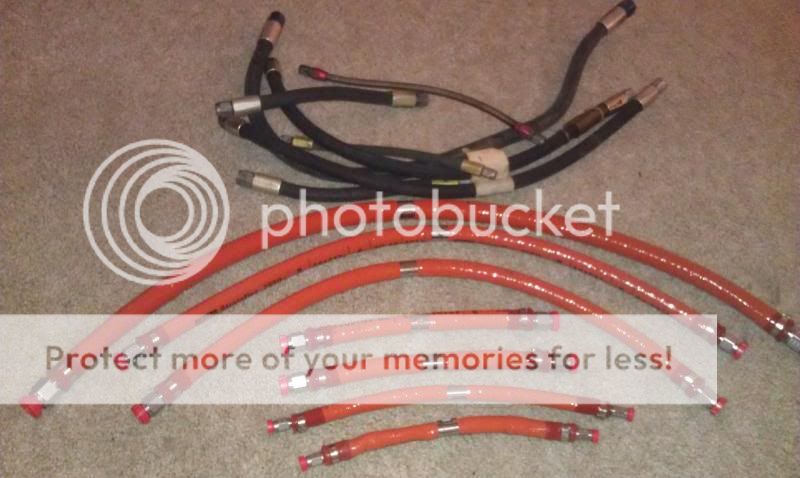kontiki
Cleared for Takeoff
- Joined
- May 30, 2011
- Messages
- 1,121
- Display Name
Display name:
Kontiki
Anybody know of specific requirements for the replacement of engine fuel and oil lines. This is one of those things that I'm certain I've run across before, but can't find anywhere.
Sent from my iPad using Tapatalk
Sent from my iPad using Tapatalk

 ):
): )
)

